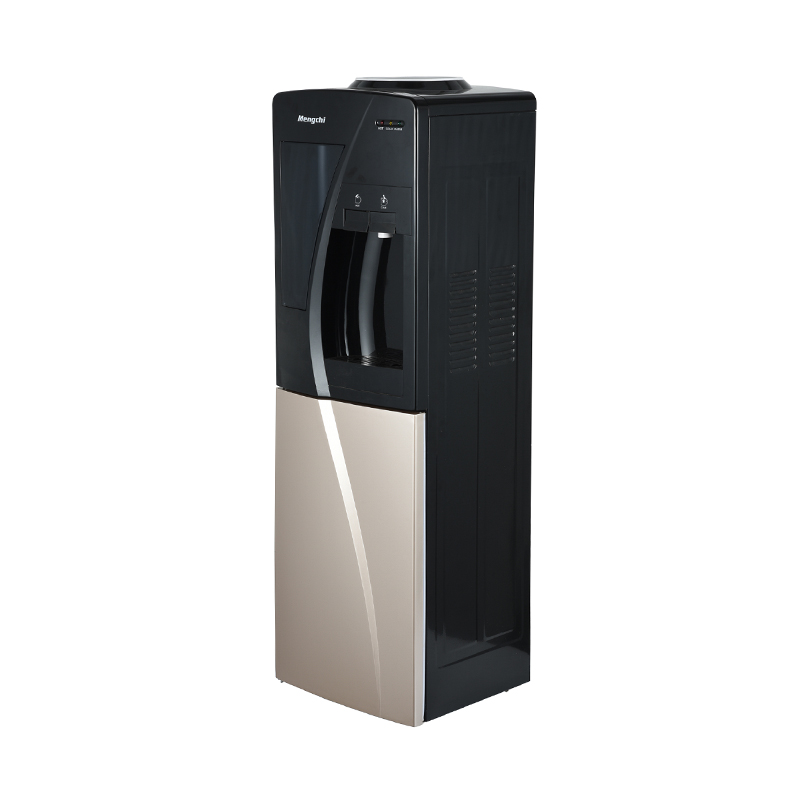The reverse osmosis water dispenser adopts the reverse osmosis membrane filtration technology, and the pH value of the produced water is lower than that of the influent water. Reverse osmosis, also known as reverse osmosis, is a membrane separation operation that uses a pressure difference as a driving force to separate a solvent from a solution. Because it is opposite to the direction of natural osmosis (the osmotic pressure of the liquid with high concentration in the natural state is greater than that of the liquid with low concentration, and the water tends to enter the water with low concentration from the permeable membrane of high concentration), it is called reverse osmosis. The operating pressure is 2-10MPa, which requires high energy. The ions are separated. Reverse osmosis membrane has special physical and chemical properties, strictly speaking, it does not belong to physical separation.
The five-stage ultrafiltration membrane purification technology is purely physical filtration. It relies on the densely distributed micropores on the surface of the ultrafiltration membrane for sieving. The filtration accuracy depends on the pore size and pore size uniformity of the ultrafiltration membrane. Macromolecular substances such as bacteria, colloids and viruses can be retained, and the pH value of the produced water remains unchanged, but the soluble small molecules in the water body are retained in the water body at the same time.
Reverse osmosis has several distinct advantages over five-stage ultrafiltration:
First, it can remove the heavy metal ions dissolved in the water that are harmful to the human body, and also remove the hardness of the water. Second, reverse osmosis can remove micro-pollutants such as micro-colloids in water and ultra-filtration cannot remove micro-pollutants). Third, it can remove to the maximum extent the organic substances that are harmful to the human body such as carbon tetrachloride and chloroform dissolved in the water.











